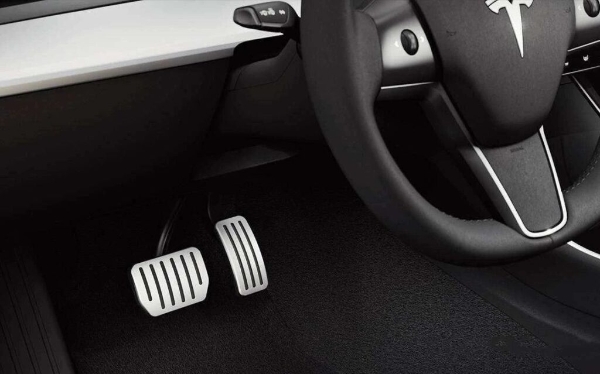This report came out yesterday claiming that China is to ban all forms of one pedal driving if they can bring a car to rest without touching the brake pedal. Safety and all that ................................

 www.leravi.org
www.leravi.org

One-pedal driving could soon be banned — here’s what it means for drivers - Le Ravi
China is making waves in the electric vehicle world by banning one-pedal drive as the default starting in 2027. This feature, often hailed as the most
 www.leravi.org
www.leravi.org






